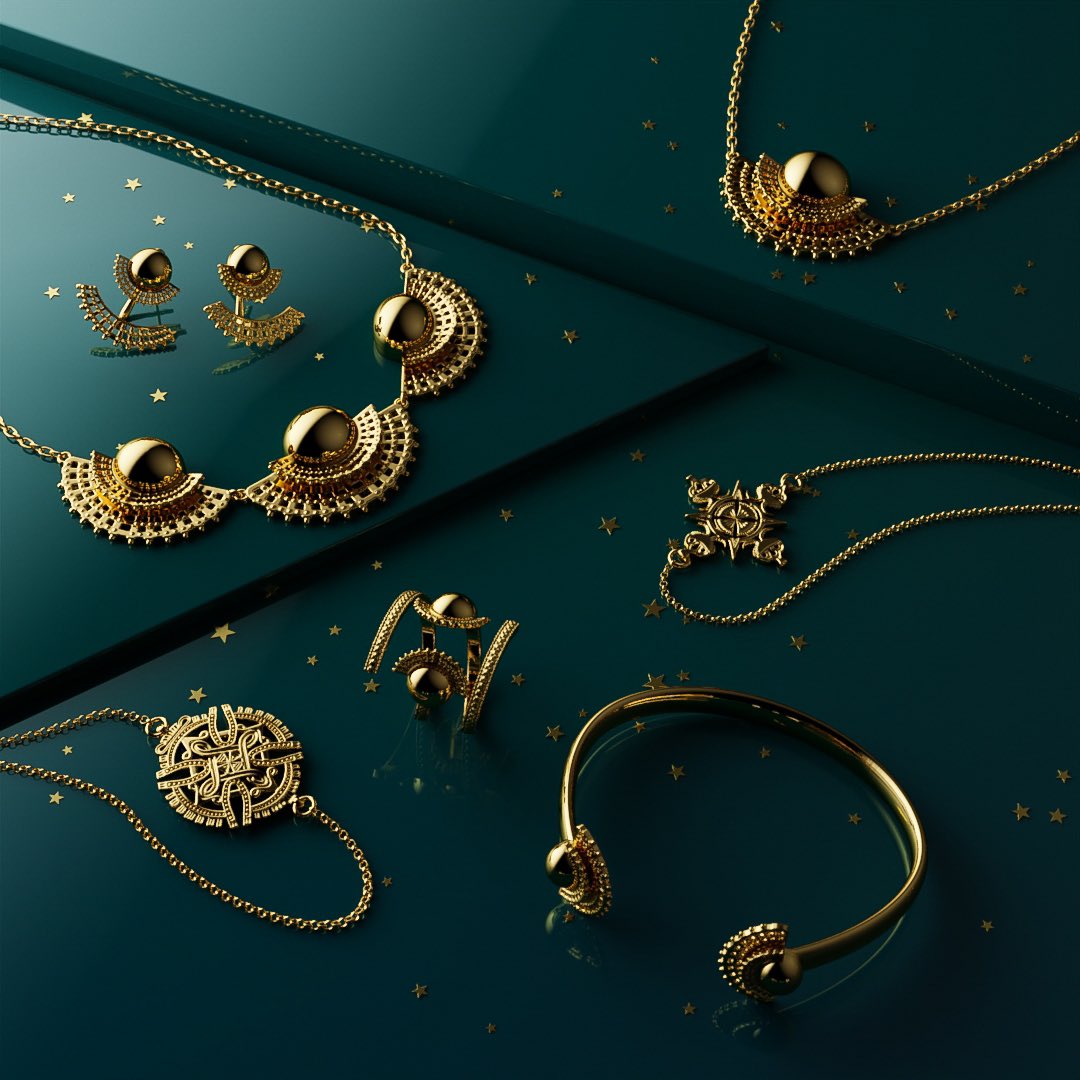
Jewelery companies in Equatorial Guinea
Equatorial Guinea, located on the west coast of Central Africa, is known for its rich natural resources, particularly oil and gas. While it doesn’t have a large or internationally recognized jewelry industry like some other African nations, there are emerging businesses and artisans working to expand the market. Here’s an overview of the state of jewelry companies and the potential for growth in Equatorial Guinea’s jewelry sector.
Current State of the Jewelry Market in Equatorial Guinea
Equatorial Guinea’s jewelry market is relatively small compared to neighboring countries such as Nigeria or Ghana, which have a strong presence in the African jewelry industry. This limited presence is partly due to the country’s modest population and a market still focused on essential goods. However, there is growing demand, especially in urban areas like Malabo, the capital, and Bata, the country’s largest city. Jewelry pieces, such as gold and silver items, tend to be in demand among the wealthier segment of the population and expatriates working in the oil industry.
Types of Jewelry Available
Local jewelry businesses in Equatorial Guinea primarily focus on creating pieces that incorporate gold, silver, and sometimes local gemstones. The jewelry available in the country includes rings, necklaces, earrings, and bracelets. Traditional designs are often inspired by African heritage, with jewelry featuring symbols or motifs reflecting cultural and spiritual beliefs.
There are a few stores and artisans that specialize in high-end jewelry, targeting wealthier clients. These high-end pieces are often custom-made to fit the tastes of affluent buyers who prefer unique, bespoke designs over mass-produced items. Some jewelry stores import pieces from other African countries and internationally, bringing more variety into the market.
Key Players in the Jewelry Sector
Due to its relatively small size and lack of globally known brands, the Equatorial Guinean jewelry market doesn’t have major brands like in other African countries. However, a few notable stores and companies serve as key players. Artisans and small business owners typically operate on a smaller scale, crafting pieces that appeal to local tastes or cater to tourists.
1. Local Artisans and Small Businesses: Local artisans contribute significantly to Equatorial Guinea’s jewelry market. These artisans create jewelry inspired by African traditions, often working with gold, brass, and beads. Their work appeals to both locals and tourists looking for unique African designs.
2. Imported Jewelry and Luxury Goods Stores: High-end retail outlets in urban areas sell imported jewelry brands and luxury items from international markets. These stores mainly cater to expatriates and affluent locals who prefer well-known brands or are looking for premium-quality products.
3. Informal Market: Jewelry is also sold in the informal market through vendors who operate in marketplaces or pop-up shops. The informal market offers affordable, accessible options, often sourced from neighboring countries. These pieces are typically less expensive and appeal to a broader range of customers.
Potential for Growth and Development
Equatorial Guinea’s jewelry industry has untapped potential, especially with a growing middle class and increasing demand for luxury items among expatriates. The government’s recent focus on diversifying the economy beyond oil provides an opportunity to develop sectors like jewelry. By promoting local artisans, expanding access to high-quality materials, and encouraging training in jewelry craftsmanship, Equatorial Guinea could grow its market and build a reputation in West Africa.
1. Promotion of Local Artisanship: The government and private sector can help local artisans develop their skills through training and access to better tools and materials. Additionally, promoting Equatorial Guinean jewelry through tourism initiatives can attract international buyers and support local businesses.
2. Potential Partnership with Neighboring Countries: Collaborating with established jewelry markets in West Africa, such as Ghana and Nigeria, could benefit Equatorial Guinea by sharing resources, designs, and market insights. This regional collaboration could help build a strong jewelry industry in Equatorial Guinea and raise awareness of its artisans.
3. Encouraging Export Opportunities: Developing a jewelry export market is a possibility if the government supports it. Jewelry pieces that celebrate Equatorial Guinea’s heritage could appeal internationally, particularly in Europe and North America, where there’s an interest in African jewelry.
Challenges to Overcome
The jewelry industry in Equatorial Guinea faces challenges, including limited access to quality materials, inadequate training, and a lack of exposure to international markets. Additionally, the high cost of gold and gemstones can be prohibitive for local artisans. Addressing these challenges will require collaboration between the government, private sector, and educational institutions to provide resources, training, and opportunities for local artisans and entrepreneurs.
Conclusion
Equatorial Guinea’s jewelry industry, while currently modest, has room for growth and development. By fostering local artisanship, expanding access to quality materials, and exploring regional partnerships, Equatorial Guinea can create a niche in the African jewelry market. With the right investment and support, the country’s jewelry sector can develop into a vibrant industry that celebrates local culture and heritage, attracting both local and international customers.



Leave a Reply